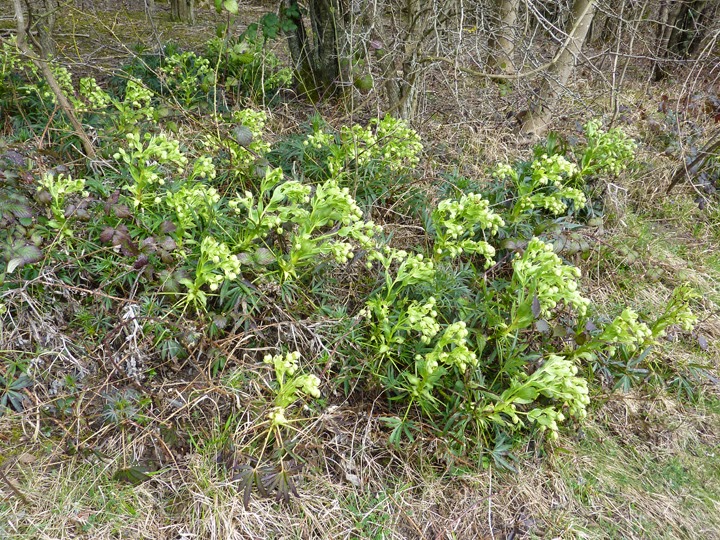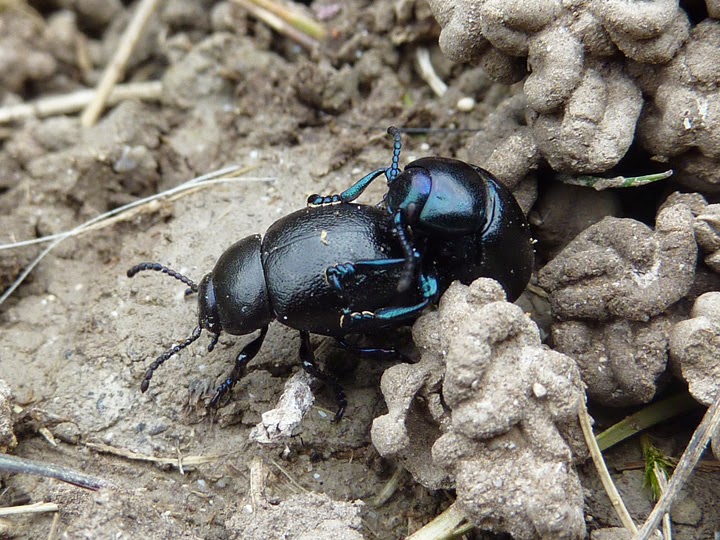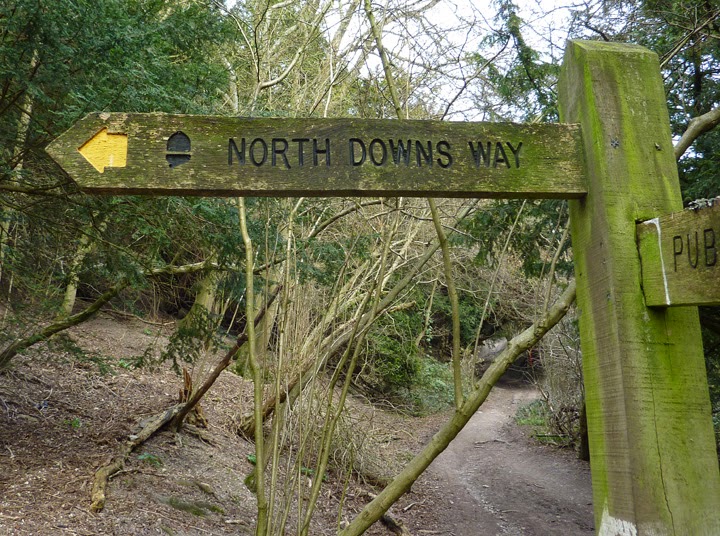Park Downs to Fames Rough

The past few days has seen a great deal of flower come out, so that the slopes of Park Downs were spattered with the mauve of Hairy Violet. In one or two places Barren Strawberry was in flower, along with a good patch of this Stinking Hellebore. We are quite well off for this species locally, and I can guarantee seeing it without too much effort. It cheers up the winter months no end. Even though the westerly wind was gusting force 6-7 it didn't stop a fair number of bees to venture out, along with two Brimstone butterflies. I continued on to Fames Rough where, as I was inspecting the ploughed strip (in readiness for a summer of Ground Pine and Cut-leaved Germander), a Firecrest sang from a stand of Yew. Being relatively high and exposed, Canons Farm was being blasted by the wind, but the recently raked fields held at least 340 Stock Doves, but no Wheatears...





